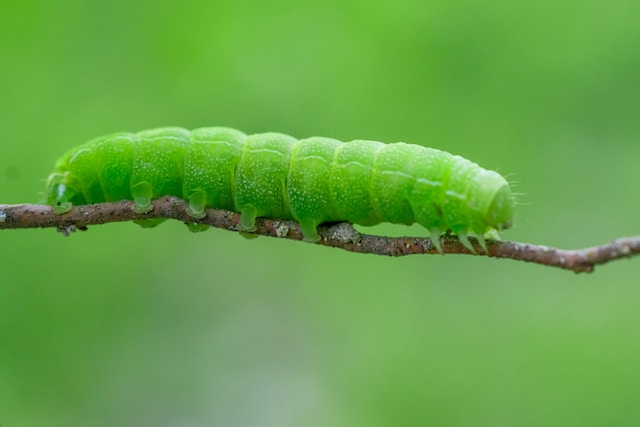Introduction: In the intricate tapestry of nature, caterpillars stand as voracious culinary connoisseurs, diligently exploring a world of diverse flavors and feasting on an assortment of delectable plants. These remarkable creatures, in their larval stage, have evolved unique feeding strategies and preferences that shape their growth and prepare them for their magnificent transformation. Join us
Introduction: In the intricate tapestry of nature, caterpillars stand as voracious culinary connoisseurs, diligently exploring a world of diverse flavors and feasting on an assortment of delectable plants. These remarkable creatures, in their larval stage, have evolved unique feeding strategies and preferences that shape their growth and prepare them for their magnificent transformation. Join us as we delve into the fascinating diet of caterpillars, discovering what they eat and how they feed to fuel their remarkable journey.
- Plant Munchers: Devouring Leaves (150 words) At the heart of a caterpillar’s diet lies a profound appreciation for leaves. Most caterpillars are herbivorous, specializing in consuming the foliage of specific plants. Their mandibles, sharp and purposeful, slice through the tender vegetation, enabling them to devour leaves with astonishing efficiency. From luscious green foliage to nutrient-rich flower petals, caterpillars extract vital nourishment, obtaining essential minerals, proteins, and carbohydrates to sustain their growth and development.
- Host Plant Specificity: A Match Made in Nature (150 words) Each caterpillar species has a unique relationship with its preferred host plants. Some species are highly specialized, relying on a single plant species for their survival. For instance, Monarch caterpillars exclusively feed on milkweed plants, utilizing their toxic compounds for defense. Other caterpillars, like the Eastern Black Swallowtail, have a broader range of host plants, including parsley, dill, and fennel. These host plants provide not only sustenance but also impart chemical cues that caterpillars use to identify suitable feeding grounds.
- Adaptive Strategies: Defense and Adaptation (150 words) Caterpillars have evolved a repertoire of strategies to protect themselves while feeding. Some caterpillars, like the Spicebush Swallowtail, mimic bird droppings as a camouflage tactic, deterring potential predators. Others, such as the Pipevine Swallowtail, consume toxic plants that render them unpalatable to predators. Some caterpillars display warning colors or possess spines that serve as physical deterrents. These adaptations ensure the caterpillars can safely continue their feeding, avoiding being devoured before their transformation into butterflies.
- Nectar Nourishment: Supplementing the Diet (150 words) While leaves form the mainstay of a caterpillar’s diet, some species supplement their nutritional needs with nectar. As they grow and approach their pupation stage, caterpillars often switch to nectar-feeding behavior. Nectar serves as a valuable source of energy, providing carbohydrates and sugars essential for their final growth spurt and preparation for the upcoming metamorphosis. This shift in diet showcases the adaptability and flexibility of caterpillars as they navigate their transition into adult butterflies.
Conclusion: The culinary preferences of caterpillars are a testament to the intricate web of life, where each species finds its niche amidst a diverse array of plants and flavors. Through their leaf-munching feats and host plant specificity, caterpillars exemplify nature’s intricate connections. Their adaptive strategies and nectar-nourished transformations further underscore their resilience and versatility. By unraveling the diet and feeding habits of these fascinating creatures, we gain a deeper appreciation for the fundamental role caterpillars play in the intricate tapestry of ecosystems.























Leave a Comment
Your email address will not be published. Required fields are marked with *